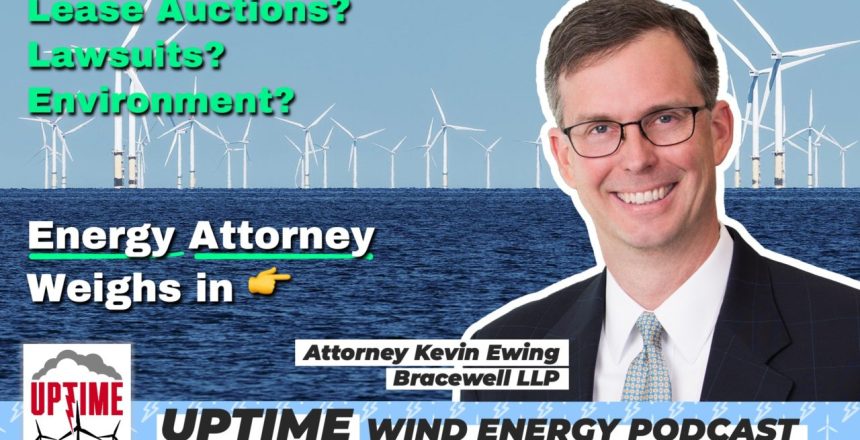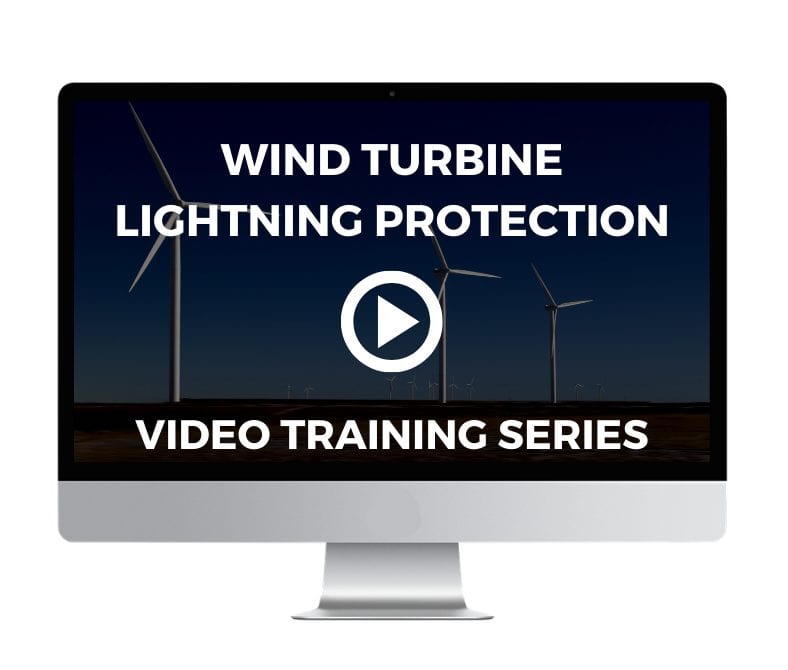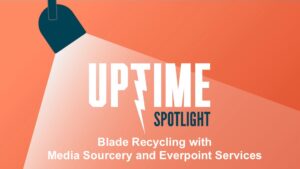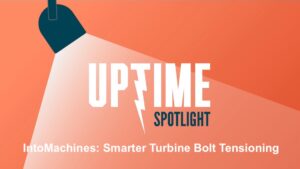If you want to establish a floating offshore wind operation in the Atlantic off the US Coast, here are a few of the issues you’ll need to consider.
Based on the enthusiasm surrounding the Vineyard Wind project and other offshore wind farm projects off the east coast of the US, you might think we’ve already solved the biggest challenges associated with placing windmills in the ocean. In fact, offshore wind farms face more challenges than their terrestrial counterparts. In addition to tricky technical and engineering issues, there’s a lot of regulatory territory to navigate in the outer continental shelf. In spite of all of that, developments are proceeding relatively quickly.
“It’s coming together really quickly if you consider it’s been 10 years in the making.” –Kevin Ewing, attorney advising energy and infrastructure clients learn more
Higher initial investment costs, regulatory hurdles, and technical challenges aside, offshore wind operations are valued more highly than other alternative energy projects. To understand why, listen as an insider describes offshore wind farm development in the US.
Where are Offshore Wind Farms Being Built in the Atlantic Ocean?
Kevin Ewing, an attorney with Bracewell in Washington DC, has advised clients in energy and infrastructure for more than 30 years and has more than a dozen years of advising experience related to offshore wind farm development.
Of about 17 leases that are currently issued for offshore projects in the Atlantic, Ewing says, two have moved to the construction phase. However, that doesn’t mean you can expect to hear about another 15 projects in the next few weeks.
Although a single lease area can encompass around 20,000-30,000 acres of ocean, and therefore each lease can support multiple projects, there are many steps between identifying an area for development and actually developing an offshore wind farm.
Getting to the auction stage can take more than five years.
Construction began on the Vineyard Wind I offshore project in November 2021. The public review process started in 2017. Why does it take so long to develop US offshore wind operations? The Bureau of Offshore Energy Management (BOEM) is responsible for all Outer Continental Shelf (OCS) leasing policy and program development issues for oil, gas and other marine minerals. It’s lengthy. And when it comes to construction of offshore developments, projects in other countries may also move a little faster than those in the US. “The supply chain in Europe is a little clearer than in the US,” Ewing said.
How Floating Offshore Wind Lease Areas are Identified and Allocated
Identifying a Wind Energy Area (WEA) requires considerable collaboration between Federal, State and Tribal governments, and at least two rounds of public input.
In addition to looking at wind data in a given area, the planning area is reviewed for fishing and other commerce concerns and multiple environmental issues. Only after the initial review will the potential site become a “call” area that requires public comment, and only after the public comment period will the area be designated as a WEA.
At that stage, Ewing said, the WEA may look like a parallelogram, but subsequent “nips and tucks” may be made to exclude certain areas based on additional information and feedback received. Before the lease area is fully defined, a multi-agency environmental impact analysis looks at air and water quality, including impact on transient and non-transient species.
Eventually, the proposed lease area will go out to auction. But the lease may not go to the highest bidder.
“Once the lease is issued, it is not an approval to actually develop anything,” Ewing explains. “What the lease gives you is exclusive permission to do further studies.
The methodical, multi-step process of designating WEAs and offering them to energy producers is intended to maximize the development area so that a site will support the wind energy project for decades. And all of the above is part of the site assessment stage.
To recap: if you win a bid to lease an area for offshore development, what you’ve won is the right to spend, on average, a couple (more) years creating an (even more specific) environmental impact statement (EIS) and a complementary site assessment plan (SAP) before you get to the construction and operations plan (COP).
If you’re into rapidly-developing offshore wind turbine technology, engineering, math and probabilities, that COP is where things get really interesting. Because the technology is moving so fast, the COP includes very broad specs – and tremendous investment potential.
Why the Higher Cost of Offshore Wind Energy is Going Down – Fast
While the cost of onshore wind farms and other forms of alternative energy are currently lower than offshore wind, those rapidly developing technology, installation, and construction solutions are the reason why the cost of offshore wind energy is dropping fast. Everyone’s betting that the tech advances will keep coming, reducing costs and increasing margins.
And, it’s important to remember that just because offshore wind turbines are new to US waters, there are plenty of windmills in the oceans around the world.
At the same time, we need to recognize that weather varies from ocean to ocean.
How Will Offshore Lightning Issues Affect US Turbines?
There are different types weather conditions, including different lightning risks, in different parts of the world, affecting maintenance and operational issues for wind turbine owners.
Some of the highest lightning strike areas in the US are off the coast of Virginia, with similar activity all the way down to the Florida coast.
We’ve learned from experience (offshore wind operations in Europe and Asia) that offshore weather (lightning) and salt (corrosion) combined with the challenges of maintaining wind turbines in the ocean means blades face unique problems based on their location.
Yes. Before construction plans can begin, offshore wind farms must go through a vigorous environmental analysis process, and including extensive public input. This process provides more environmental oversight for offshore wind development than for almost any other form of energy. Once constructed, producing and delivering energy requires no refinement of natural resources, and no transportation of hazardous or dirty material.
We can’t answer every question about lightning around the world, but we’ve got more experience than just about anyone else in the field. If you want to discuss the best ways to protect your turbine blades, we’d love to help. Contact us.






